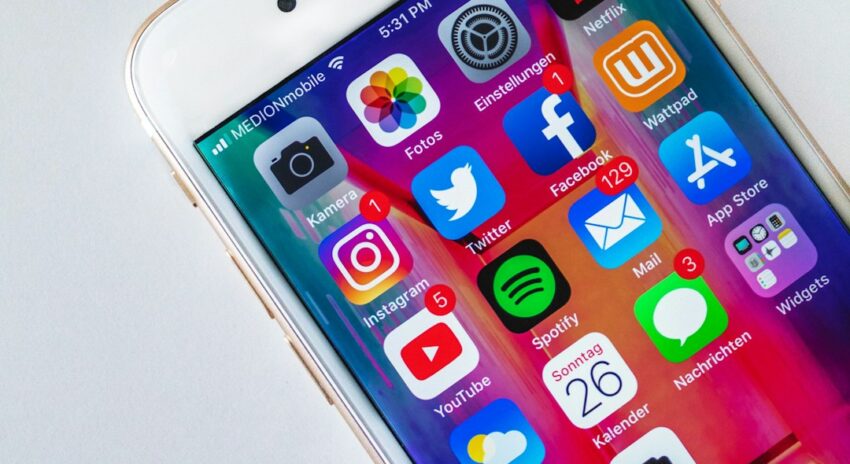Fake Life of Social Media Influencers & How it’s Affecting Young Peoples
Let’s be real—social media is basically a giant highlight reel. We all know it, yet somehow, we still get sucked in. Perfect selfies, dreamy vacations, “I woke up like this” posts (spoiler: they didn’t). But where’s the line between carefully curating an image and straight-up deception?
As a 26-year-old college student (who’s spent an embarrassing amount of time scrolling), I’ve seen it all. And honestly, it’s getting harder to tell what’s real and what’s just for show. So let’s talk about it.

Who is a Social Media influencer?
A social media influencer is someone who has built an audience online and can, well, influence them—whether it’s about fashion, fitness, tech, or just their daily life. They range from celebrities with millions of followers to niche creators with a tight-knit community.
Some influencers are genuine content creators, sharing their expertise or personal experiences. Others? They’re just really good at selling you stuff. If someone’s constantly pushing skincare, energy drinks, or “life-changing” gadgets—you’re probably being marketed to.
But here’s the catch: Not all influencers are transparent about their intentions. And that’s where things get messy.
Authenticity: The Key to Connection
Think about your favorite influencers. Odds are, they’re the ones who actually feel like real people—the ones who share the struggles, the awkward moments, and the unfiltered truth. That’s because authenticity builds trust. Nobody wants to follow a human billboard.
Take Emma Chamberlain, for example. She didn’t blow up because she had a picture-perfect life. She blew up because she showed us what real life actually looks like—filming in her car, making fun of herself, and just being unapologetically weird. And guess what? People loved it. Because at the end of the day, relatable beats perfect.
The Fine Line: Curation vs. Deception
Let’s be honest—everyone curates their content. Even your friend who “casually” posts beach pics probably took 50 shots before picking the one. That’s just how social media works. But there’s a difference between choosing the best angle and creating a completely fake reality.
Some red flags?
🚩 Filters & Editing: A little brightness boost? Cool. Editing your body until you look like a Pixar character? Not cool.
🚩 Sponsorships: If you’re getting paid, just say it. “Omg I just happened to find this amazing product!”—nah, we see through that.
🚩 Fake Flexing: Renting luxury cars, pretending a hotel lobby is your house—why??
The problem isn’t making things look nice. The problem is when influencers pretend their curated life is effortless, making the rest of us feel like we’re failing at life.
Why It Actually Matters?
Social media isn’t just entertainment anymore—it’s shaping how we see ourselves. If all we ever see is flawless skin, luxury vacations, and 22-year-olds making six figures from “just manifesting,” it’s easy to feel like we’re falling behind.
The truth? Most of it is smoke and mirrors. The grind, the struggles, the self-doubt—that part gets left out. And that’s why influencers who keep it real (talk about their mental health, their failures, their actual journeys) are the ones making the biggest impact.

Bottom Line: Keep It Real
If you’re an influencer (or wanna be one), be transparent. If you’re just a regular person scrolling, take everything with a grain of salt. Social media isn’t real life—it’s just a well-edited version of it.
At the end of the day, people don’t connect with perfection—they connect with realness. So whether you’re posting or just double-tapping, keep it real. That’s the real flex.
